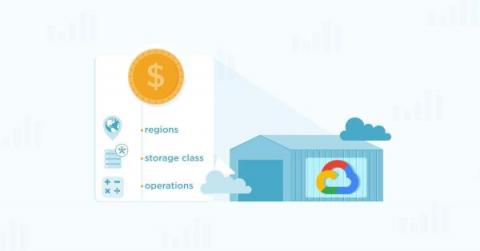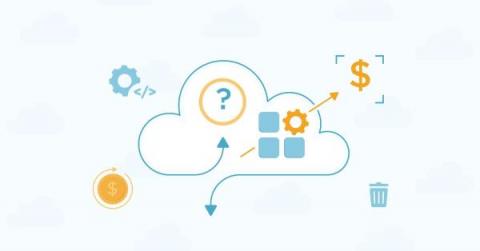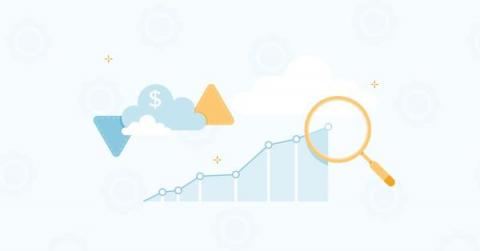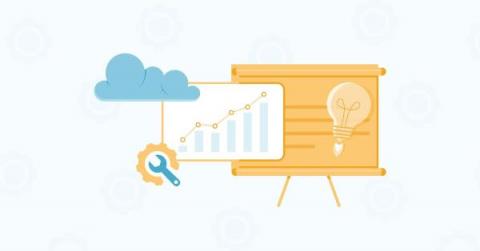Operations | Monitoring | ITSM | DevOps | Cloud
Latest News
Amazon S3 Cost Optimization: 12+ Ways To Optimize Your S3 Costs
Would You Notice If A Feature Was Costing Your SaaS Company Too Much?
Reducing the cost of cloud: Tips for reducing your spend at any cloud provider
Spiraling costs are causing organizations to look for ways to reduce their monthly spend – hidden charges and unexpected bills are surprises that CFOs can no longer afford. With current costs from hyperscaler cloud providers skyrocketing, many are now asking whether going cloud-native is the right move for them. There are, however, a number of tips and tricks that you can action today that will help you reduce your cloud bill at any provider.
Introducing Adaptive Metrics: A new cost management feature in Grafana Cloud
You’ve convinced your organization that cloud native is the way forward. You’ve championed Kubernetes and sworn by Prometheus. You’ve onboarded multiple teams to your centralized observability platform. Then you open your latest bill and see a lot of commas in your invoice, and a sinking feeling sets in. Sound familiar? We’re keenly aware of the pain this can bring. As metric cardinality grows in cloud native environments, so does the cost to store and retrieve the data.











